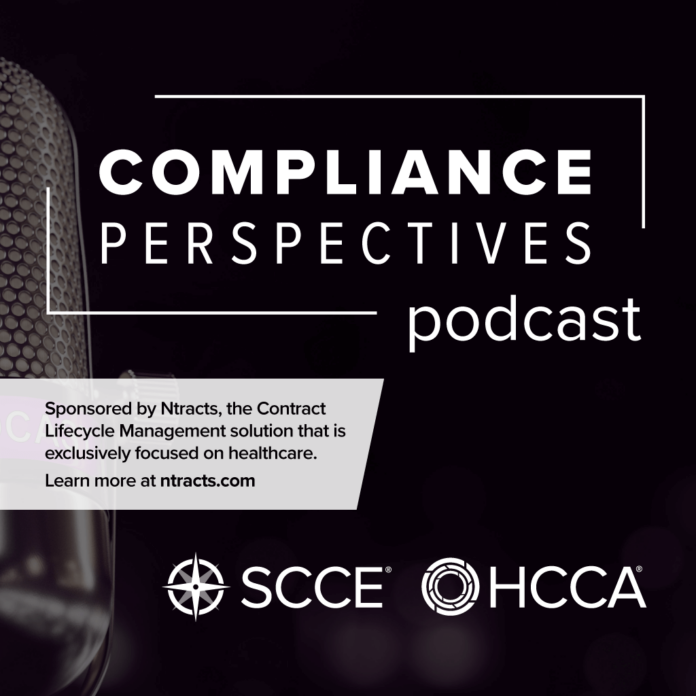Podcast: Play in new window | Download (Duration: 15:00 — 13.8MB)
Subscribe: Apple Podcasts | Email | TuneIn | RSS
The Gartner Legal Risk & Compliance Practice recently released a report on the state of third party risk management. To learn more we talked with Chris Matlock, Gartner’s Vice President, Advisory – Corporate Strategy & Risk Practice.
The report was developed, he explained, because of the substantial changes in business over recent years. As the size of businesses has grown – many of the Fortune 500 are 50%-100% larger than they were a decade ago — the number of third parties they work with has increased dramatically and with it the “threat surface”. Complicating the challenge, much of the pandemic took place during the pandemic, when normal third party vetting processes were not possible.
Today, with a threat of a recession, third parties are often under extreme pressure to meet the expectations of both their owners and their customers. The likelihood for compliance failures is higher.
Gartner’s research found that the typical risk factors remain, but they have been intensified by both new regulations and stresses on supply chains. IT and cyber risks are growing larger at the same time that companies have made substantial investments in technology to enable their team to collaborate and interact with customers electronically.
Adding to the challenge, many organizations do not have a mechanism for centrally managing their third parties, which makes it more difficult to ensure consistency in practices and respond when things go awry. Pushing the “stop” button with one vendor may trigger unexpected consequences three steps downstream.
Additional stress has been created through, as noted earlier, a heightened regulatory environment. Anticorruption enforcement continues while the number of privacy laws grows.
To manage the risks, many have turned to tools to collect more data on their supply chain, but that has posed the problem of having too much data and, as a result, difficulty in determining which pieces of data are truly important.
To help manage these risks, Chris recommends enlisting the enterprise risk management team to create key indicators that can help monitor risks in a forward-looking way.


